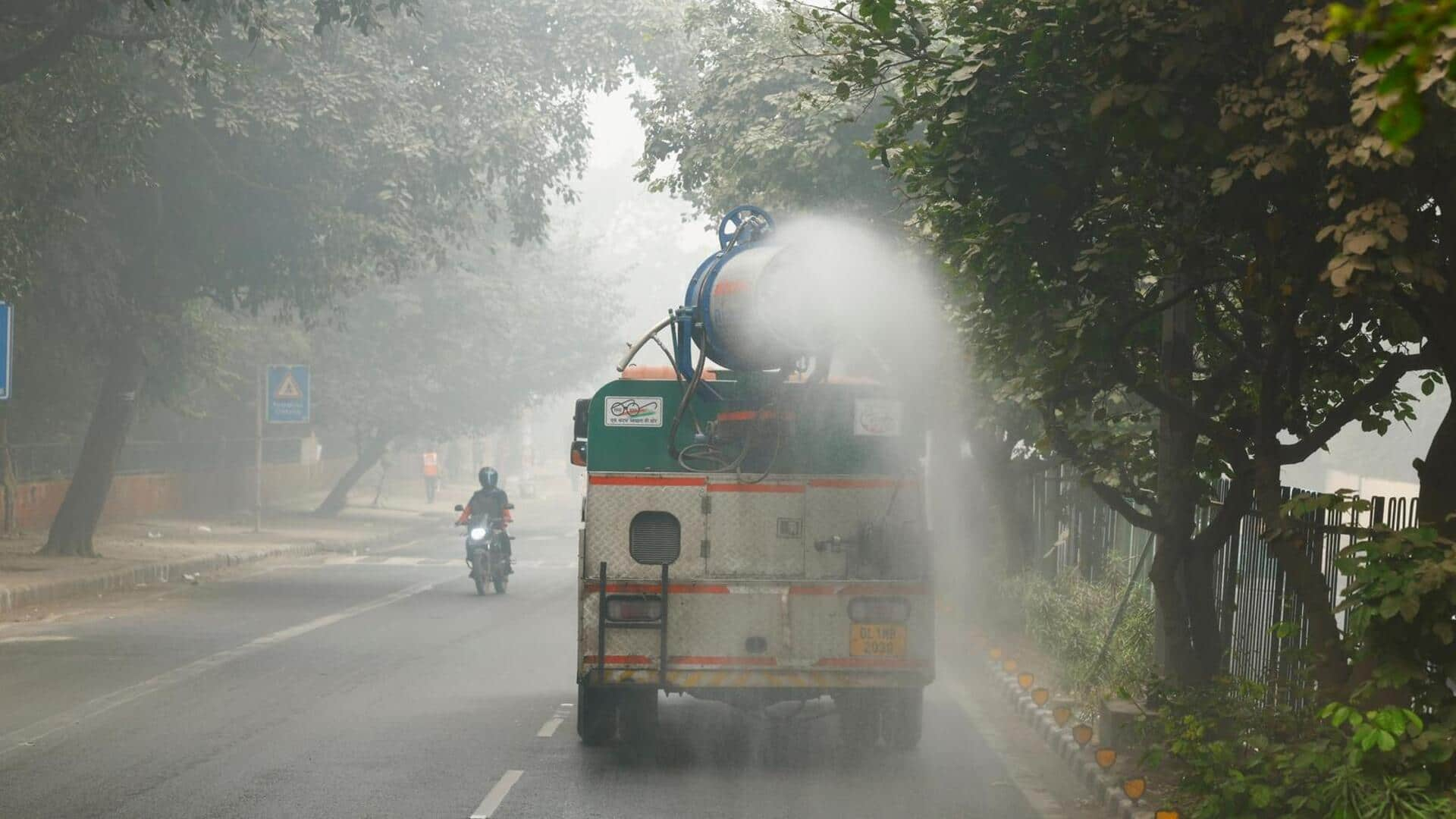
Delhi's air quality improves slightly, still 'very poor'
What's the story
Residents of Delhi woke up to a toxic haze on November 14, as the national capital continued to battle poor air quality. The 24-hour average Air Quality Index (AQI) improved slightly to settle in the "very poor" category with a reading of 399. This is the first improvement after three consecutive days of hazardous pollution levels.
Pollution hotspots
Best and worst performing areas
According to the Central Pollution Control Board (CPCB), real-time data from 38 air quality monitoring stations across Delhi showed that the DTU station recorded the best air quality with an AQI of 270 at 7:00am, in the "poor" category. Meanwhile, IHBAS in Dilshad Garden recorded a "poor" AQI of 297. Wazirpur and Chandni Chowk were among the worst performers with severe AQIs of 447 and 445, respectively.
Pollution factors
Stubble burning contributes to PM2.5 concentration
Stubble burning has been a major contributor to Delhi's PM2.5 concentration, according to the Decision Support System (DSS). Its contribution dropped to around 12% on Thursday from 22.4% on November 12, the highest this season. Meteorologists have attributed the worsening air quality to unfavorable weather conditions that are trapping pollutants near the ground.
Weather impact
Inversion layer traps pollutants
In an interview with PTI, Mahesh Palawat, Vice President (Meteorology and Climate Change) at Skymet Weather, explained that light winds and falling temperatures have created an inversion layer. This layer prevents the dispersion of pollutants. He said, "Winds were expected to pick up but remained weak at around 5-7km/h." The calm conditions during the night further worsen the situation, he added.